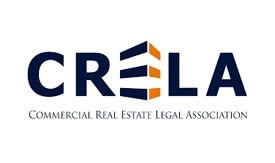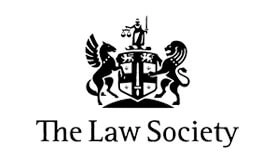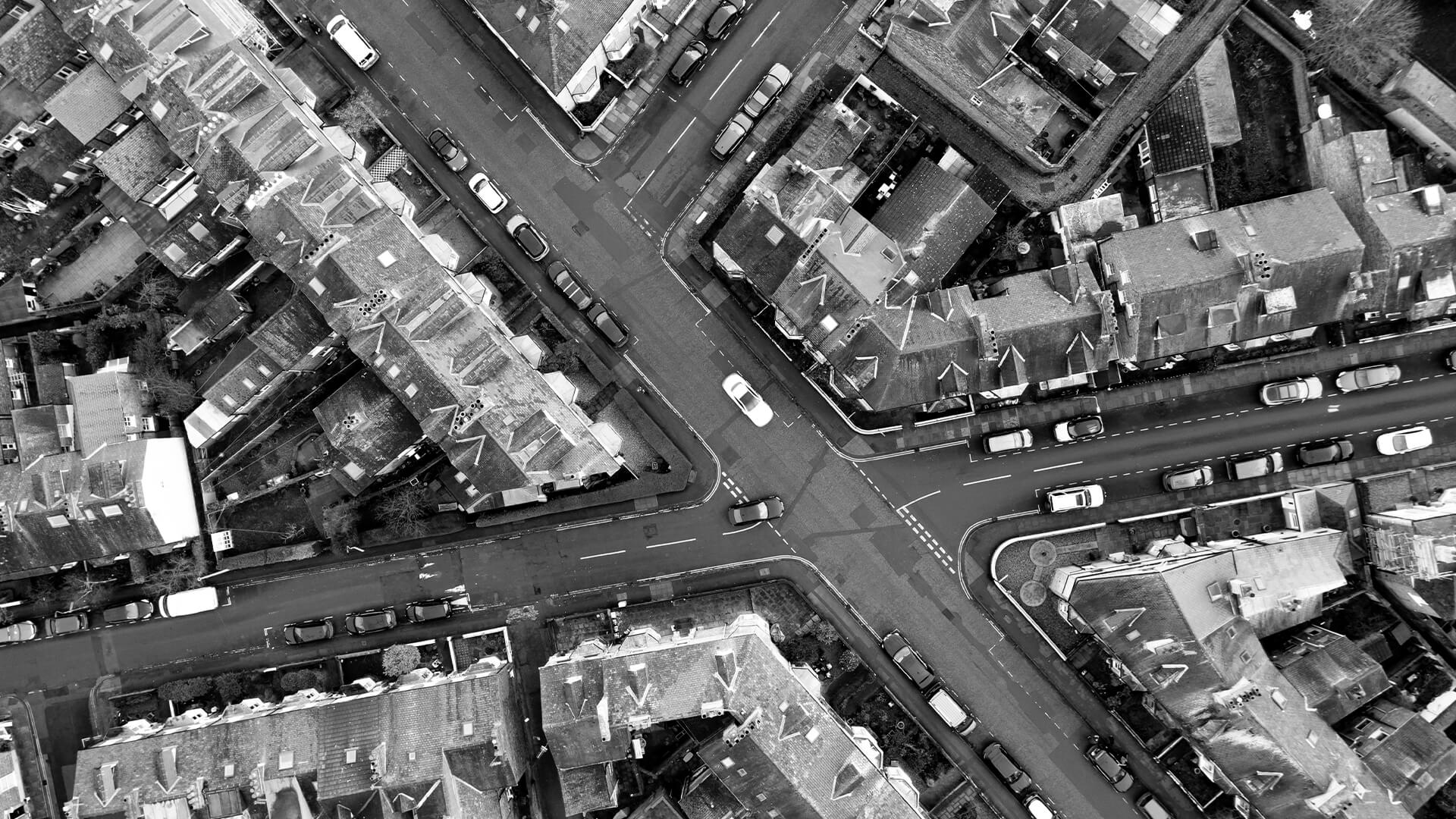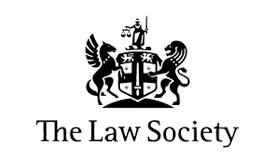When a commercial lease come to an end, both the landlord and tenant have statutory rights under the Landlord and Tenant Act 1954 to either renew or terminate a lease. If the commercial lease is protected by the Act, the contractual lease will not will come to an end at the expiration of the contractual term. The lease will remain effective indefinitely until either party serves a formal notice to end the tenancy.
When does the Landlord and Tenant Act 1954 apply?
A commercial lease or tenancy must meet five criterions for the Landlord and Tenant Act 1954 to apply:
- The lease must be more than 6 months
- The lease has to relate to premises
- The premises have to be occupied for business purposes
- The business must be the tenant’s business
- The tenant contracted out of the protections of the Act before the start of the tenancy
As long as the commercial lease meets these criterions the lease will be protected by the Act.
Security of Tenure
Generally, most commercial leases will contain a security of tenure clause under the Landlord and Tenant Act. This gives the tenant the right for a commercial lease to automatically renew, under similar terms as the current lease.
If the tenant would like to renew the lease, then they can serve a Section 26 Notice outlining the terms of the new lease within 6 to 12 months of the lease expiration date. The landlord can either accept the notice or reject the grant of a new lease by serving a counter-notice stating at least one of the grounds of opposition. The tenant cannot serve a s.26 Notice if the landlord has already served a s.25 Notice, which notifies tenants of a landlord’s intention to end a lease upon the end of the contractual term.
If on the rare occasion there is no security of tenure clause in the lease, the tenant will not have a statutory right to renew the lease and will not be able to remain in occupation beyond the expiry of the lease, unless the landlord offers to grant a new lease.
Tenants Right to End a Commercial Lease
If the tenant would like to leave premises at the end of the commercial lease, the tenant can serve a Section 27 Notice to the landlord at least 3 months before the end of the current lease.
The Landlord’s Right to Terminate a Lease
The landlord does have statutory rights to refuse granting a new lease, even if the tenant is protected by the security of tenure. The landlord has the right to terminate a lease upon expiry of the current lease by serving a Section 25 Notice to the tenant. A section 25 Notice should normally be served 6 to 12 months before the lease expiration date. As part of the s.25 Notice, the landlord needs to notify the tenant whether they would be willing to renew the lease along with the terms of the renewal, or if they would like to terminate the lease with a valid reason.
If the tenant serves the landlord a Section 26 Notice to renew the lease, the landlord has the right to serve a counter notice if they do not agree to a grant of a new lease. The counter notice must be served to the tenant within 2 months of the date the s.26 Notice was served to the landlord. The landlord must state the grounds of the counter notice as set out in Section 30 of the Landlord and Tenant Act.
A valid reason or grounds for repossession, terminating a lease or refusing to grant a new lease, as set out in Section 30 of the Act include:
- The landlord refurbishing the property
- The landlord seeking to occupy the property themselves
- The tenant failing to upkeep the property in a good state
- The tenant has repeatedly delayed payment of rent
- Substantial breaches of other obligations in the lease by the tenant
- The landlord offering suitable and reasonable alternative accommodation
- The current lease forms only part of the whole property
If the landlord cannot prove any statutory grounds to oppose the request of a new lease or to terminate a lease, then the tenant would have the right to a new lease under the security of tenure.













